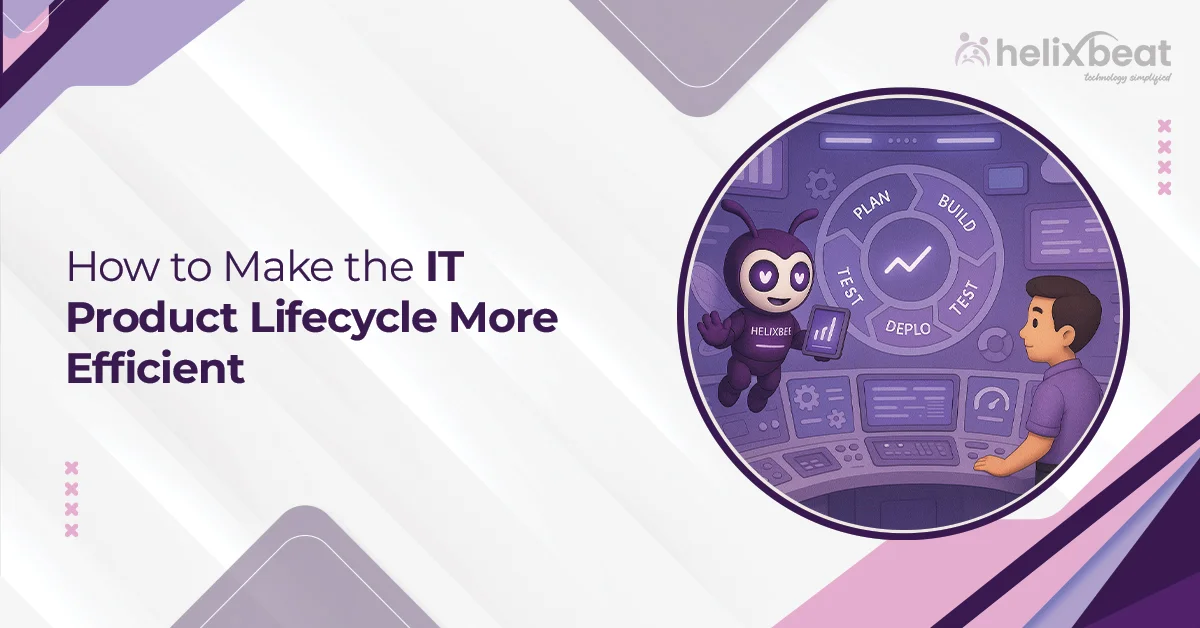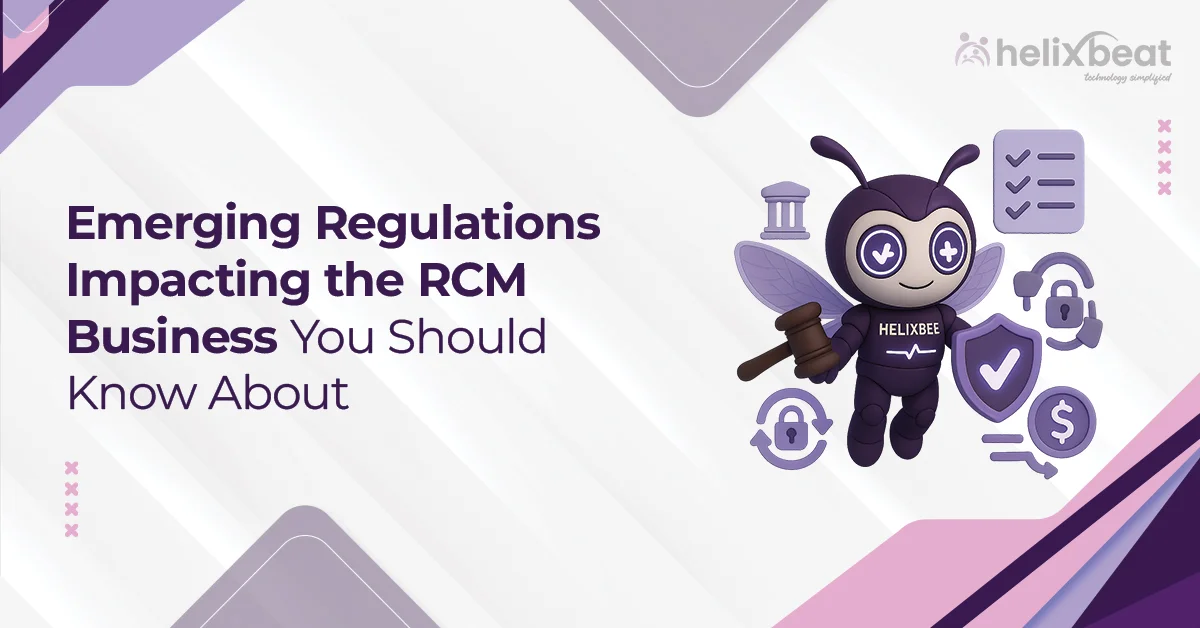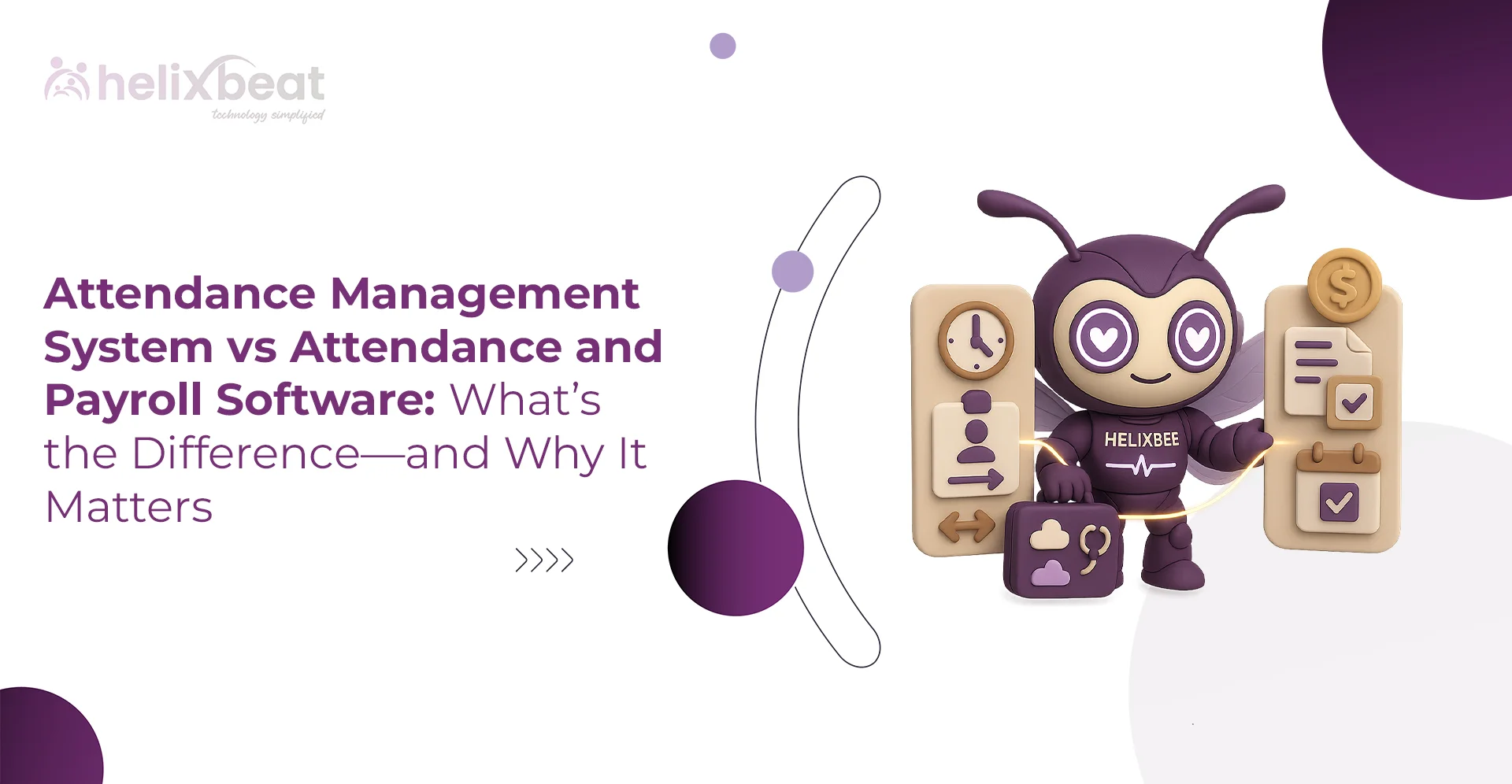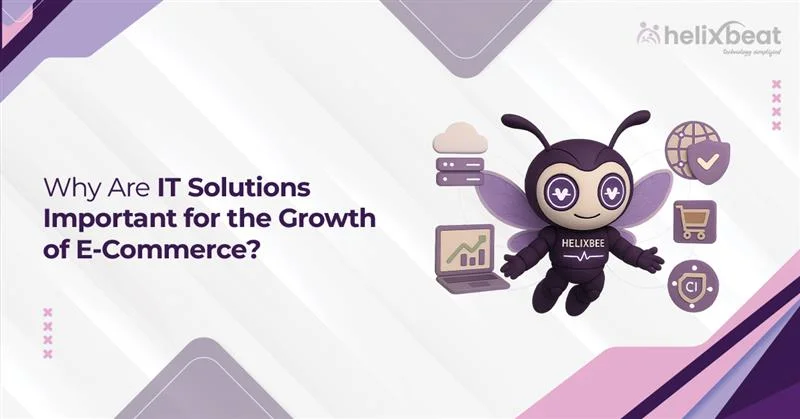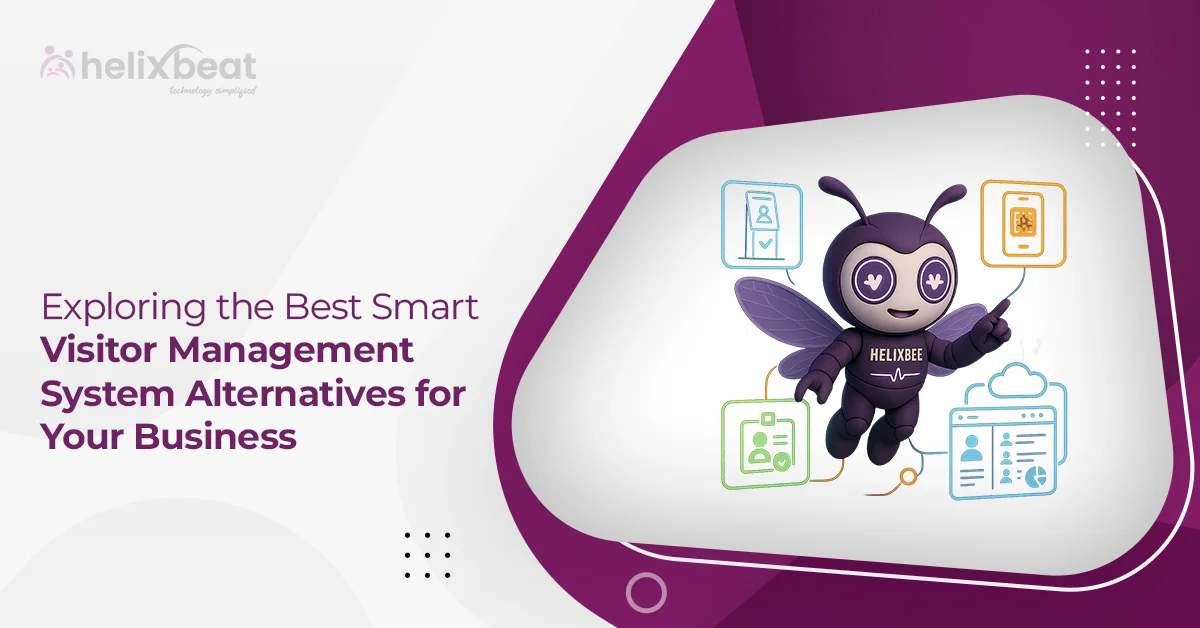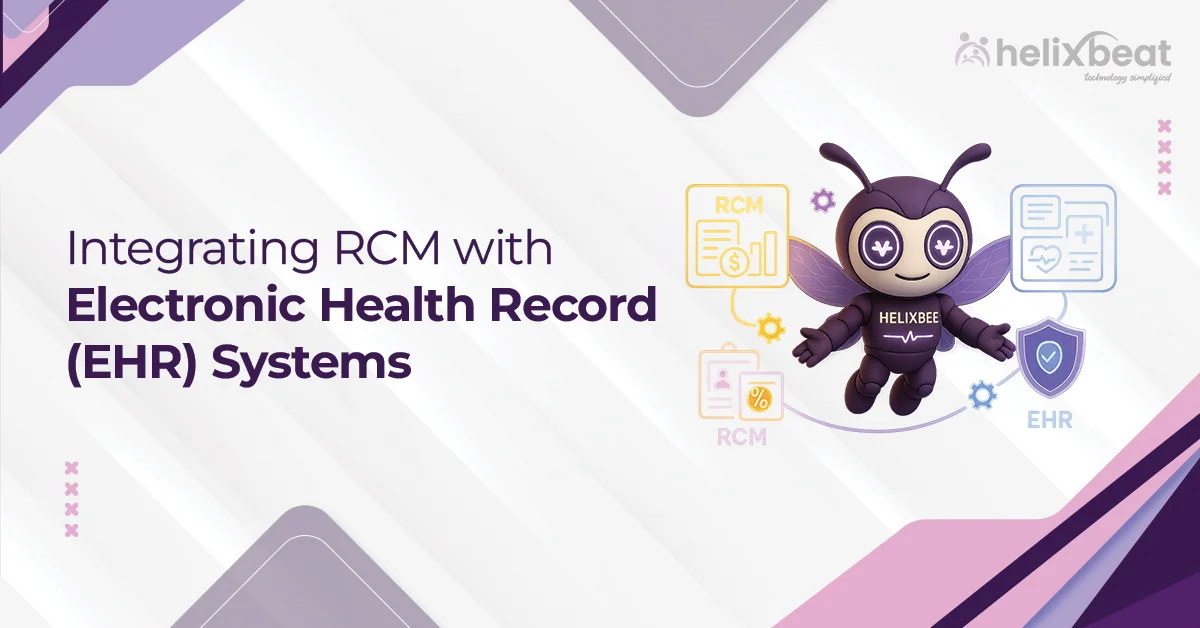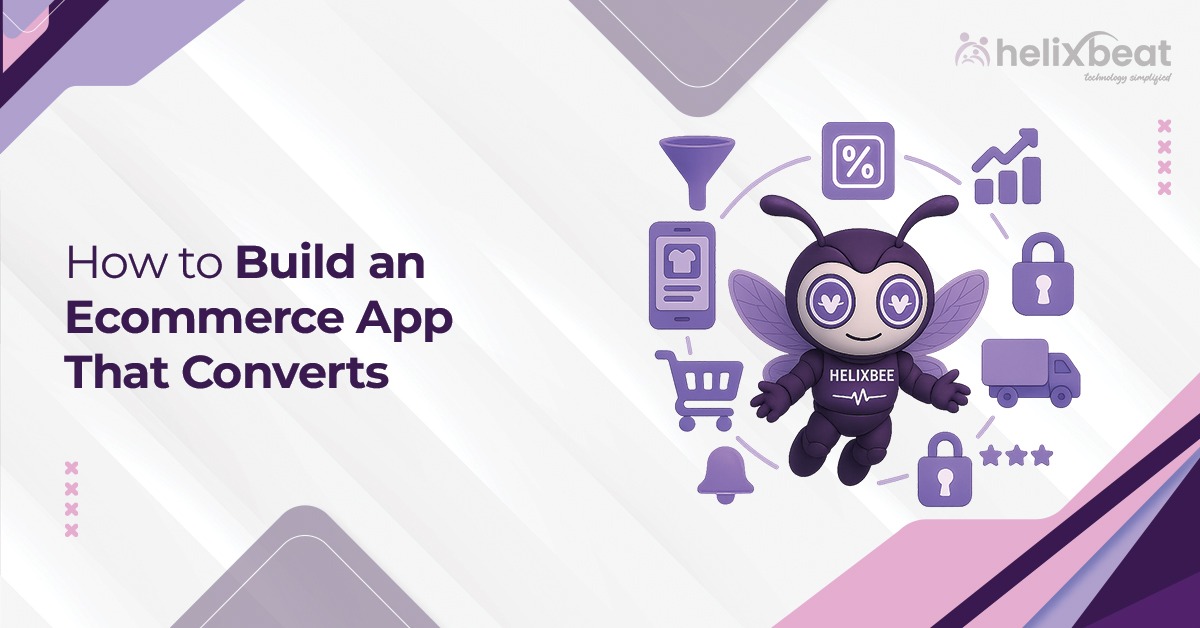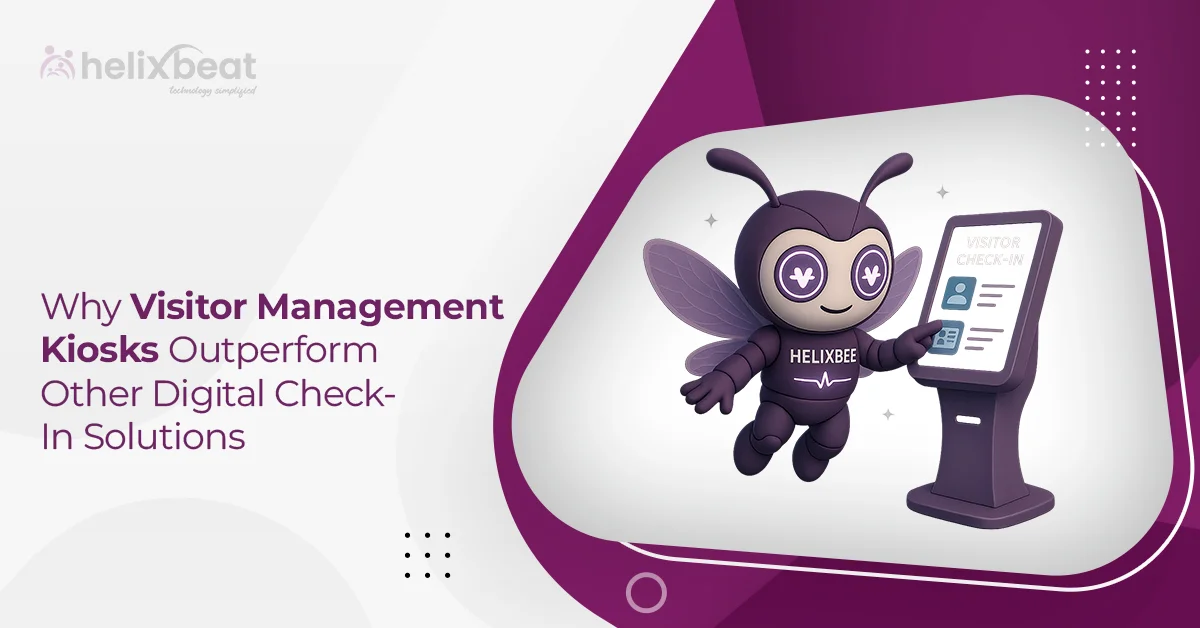Did you know that 80% of IT projects fail to meet their goals because of problems in managing the product lifecycle? In the tech era, businesses need to build their products to premium quality while also maintaining a lower cost. To achieve this, managing the IT product lifecycle is crucial.
The IT product lifecycle covers all stages from idea to market delivery. This includes planning, development, and maintenance. If the process isn’t managed well, it can delay the product launch and raise the cost. Problems in managing the lifecycle slow down product delivery and stop companies from staying competitive.
That’s why IT product lifecycle management and lifecycle process automation are essential. By improving how each stage is managed, businesses can reduce errors, expedite the process, and lower costs.
Let’s see a detailed look at IT product lifecycle and tips to make it work better

Table of Contents
What is the IT Product Lifecycle?
The IT product lifecycle refers to the stages a product goes through from its initial concept to its eventual retirement. It starts with planning and designing the product, followed by development, testing, and deployment. Once the product is launched, it enters a phase of maintenance and updates to keep it relevant and functional.
Finally, when the product is no longer needed or becomes outdated, it is decommissioned. Managing each stage effectively is crucial to ensuring the product meets business goals, stays competitive, and delivers value throughout its life.
Why is IT Product Lifecycle Management Important?
How Can It Help You Save Time and Money?
Effective IT product lifecycle management (PLM) helps streamline processes, reducing delays and unnecessary costs. By keeping track of every stage from development to maintenance, businesses can avoid redundant work, minimize errors, and prevent costly fixes later on.
According to a study, 69% of businesses report saving up to 25% of costs by improving their product lifecycle management practices. With clear management in place, you can save both time and resources while ensuring that each phase runs smoothly.
Why Does It Help Keep Your Product Competitive?
In a fast-changing tech world, keeping your product competitive is crucial. Proper IT product lifecycle management allows you to respond quickly to market demands, customer feedback, and technological advancements.
It makes sure that your product remains relevant and continues to evolve, giving you an edge over competitors. Over 60% of businesses that prioritize PLM see a significant improvement in product innovation and market competitiveness.
How Does It Improve Team Collaboration?
PLM promotes better collaboration among teams by providing a clear roadmap of the product’s journey. It ensures everyone from developers to marketing teams has access to the same information, leading to faster decision-making and stronger teamwork.
80% of companies that implement PLM report better collaboration between cross-functional teams, resulting in more efficient product development.
Tips to Make Your IT Product Lifecycle More Efficient
1. Implement Lifecycle Process Automation
Automating routine tasks within the IT product lifecycle can drastically reduce the time and effort needed for each stage. From automating repetitive quality checks to continuous integration (CI) and continuous deployment (CD) pipelines, automation ensures faster, more consistent delivery.
By integrating tools like Jenkins or GitLab for automated testing and deployment, you can streamline operations, reduce human error, and speed up time-to-market. The more you automate, the more you can focus on innovation and strategic decision-making, rather than manual, error-prone tasks.
2. Adopt a Modular Approach for Flexibility
Using a modular approach in your product design allows you to break the product down into smaller, independent components that can be developed, tested, and updated separately. This concept, often referred to as microservices architecture, is a great way to make your product more flexible.
By decoupling features, you can roll out updates and new features more efficiently without affecting the entire system. This method also makes your product easier to scale and maintain in the long run, as individual modules can be replaced or upgraded without disrupting the whole application.
3. Leverage Agile Methodologies for Faster Iterations
Agile practices, such as Scrum or Kanban, focus on delivering small, incremental improvements in short cycles. This helps your teams to adapt to changes quickly and improve the product based on real-time feedback.
Agile also promotes collaboration between different teams, such as development, operations, and marketing, ensuring that the product meets both technical and business goals. With iterative sprints and regular retrospectives, your team can address issues more quickly, continuously improve, and deliver high-quality products with greater consistency.
4. Use Data-Driven Decision-Making to Optimize Performance
Incorporating data analytics throughout the lifecycle provides critical insights into your product’s performance, user behavior, and potential pain points. Tools like Google Analytics, Mixpanel, or AppDynamics allow you to gather actionable data that can inform product updates, identify bottlenecks, and measure success metrics.
By using real-time data, you can optimize resource allocation, tweak development priorities, and make more informed decisions about the product’s future features and capabilities.
5. Integrate a Continuous Feedback Loop with Stakeholders
Keeping a continuous feedback loop between stakeholders, developers, and users is key to creating an efficient lifecycle. Implementing DevOps practices and using tools like Jira or Trello for tracking progress helps to ensure all team members are on the same page.
Moreover, by continuously integrating user feedback through user testing or beta programs, you can address concerns early, avoid costly redesigns, and ensure that the product aligns with user expectations. This feedback loop, when effectively managed, helps to reduce the risk of product failure and ensures that the product evolves based on actual user needs rather than assumptions.
Challenges in the IT Product Lifecycle
The IT product lifecycle presents several challenges that can impact efficiency, quality, and cost. From managing complex data to integrating new technologies, businesses must stay ahead to ensure smooth product evolution.
Here are the key challenges faced during the IT product lifecycle.
1. Managing Complex Data
Handling large volumes of data across different stages can be overwhelming. Without a unified system, key insights may be missed, leading to poor decisions and delays.
2. Integrating New Technologies
Adapting to rapidly changing technologies like AI or cloud services can be challenging, especially when the product wasn’t originally built for flexibility. This can lead to increased costs and development time.
3. Balancing Speed and Quality
There’s pressure to release products quickly, but rushing the development process can compromise quality, leading to customer dissatisfaction and damage to the brand’s reputation.
4. Cost and Resource Allocation
Misallocating resources or exceeding budgets during various stages can cause delays and financial strain. Proper planning and tracking are essential to avoid overspending.
How Helixbeat Solves Challenges in IT Product Lifecycle
Helixbeat offers comprehensive solutions to address challenges in the IT product lifecycle. By providing advanced tools and methodologies, Helixbeat helps streamline processes, improve collaboration, and optimize performance across all stages.
From data management to agile product updates, our services help you overcome the hurdles in product development and delivery.
Key Solutions:
- Automated Workflows: Automates repetitive tasks, reducing errors and saving time.
- Real-Time Collaboration: Seamless communication tools for cross-functional teams to stay aligned.
- Data Integration: Centralizes data for better decision-making and performance monitoring.
- Scalable Architecture: Supports the integration of new technologies without disrupting the existing system.
- Continuous Feedback Loop: Incorporates user and stakeholder feedback to improve product development.
With Helixbeat’s solutions, businesses can efficiently manage the IT product lifecycle, ensuring faster delivery, improved collaboration, and higher-quality products.
Final Thoughts
Managing the IT product lifecycle effectively is key to staying competitive in today’s fast-paced tech world. By optimizing each stage, businesses can reduce costs, improve quality, and deliver products faster. Helixbeat’s Product Lifecycle Management service helps companies streamline every phase of their product journey from development to retirement.
With automation, real-time collaboration, and data-driven insights, Helixbeat makes sure that your product lifecycle is efficient, flexible, and adaptable to changing market demands. Get a free consultation with us.
FAQ:
1. What are the five stages of the IT product lifecycle?
The five stages of the IT product lifecycle are:
- Planning and Development: Where the product idea is created and designed.
- Design and Testing: Development and testing of the product.
- Deployment and Launch: The product is released to the market.
- Maintenance and Updates: Continuous updates and support are provided.
- End of Life (EOL): The product is phased out, and support is terminated.
2. What are enterprise lifecycle solutions?
Enterprise lifecycle solutions are tools that manage the entire lifecycle of products or services within an organization, from planning and development to retirement, helping streamline processes across all business functions.
3. What is the technical life cycle?
The technical life cycle includes the stages that a product or system goes through in terms of its technical aspects: design, development, testing, deployment, and maintenance, ensuring functionality, security, and updates.
4. Why is the IT product lifecycle important for businesses?
The IT product lifecycle is crucial for businesses as it helps maintain high product quality, reduce costs, meet customer demands, and remain competitive by ensuring that the product evolves with the market.
5. How can companies manage the IT product lifecycle more efficiently?
Companies can manage the IT product lifecycle efficiently by automating routine tasks, adopting agile practices for quicker development, leveraging data insights for informed decisions, improving team collaboration, and using scalable solutions for flexibility.



